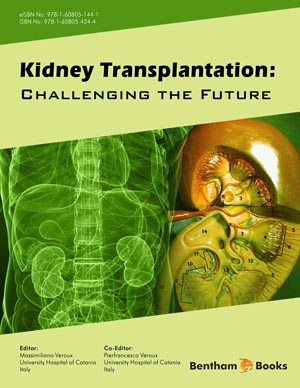Abstract
Acute kidney injury in the critically ill patient represents a serious danger for the patients’ survival, and is probably one of the most challenging fields for ICU physicians, as renal physiology is very well known and different drugs and molecules are available to try to perform an effective nephroprotection.
The main goals to achieve before any pharmacological attempt for nephroprotection are represented by fluid balance optimization and by hemodynamic sustain, which, together with the internal renal hemodynamic and oxygen imbalance of nephrons and tubules, represent the target of any available or potential nephroprotective strategy: most of the studies support many different nephroprotective drugs, including dopamine, dopexamine, N-Acetyl-Cisteine (NAC), prostaglandins and fenoldopam.
This chapter is devoted to the analysis of all potential nephroprotective strategies, focusing on the different phases in the field of kidney transplantation.
Keywords: Kidney Transplantation, Anaesthesiology, Fenoldopam, N-Acetyl-Cisteine, Nephroprotection, Ischemia-Reperfusion Injury, Deceased Donor, Brain Death, Living Donor, Delayed Graft Function.
















